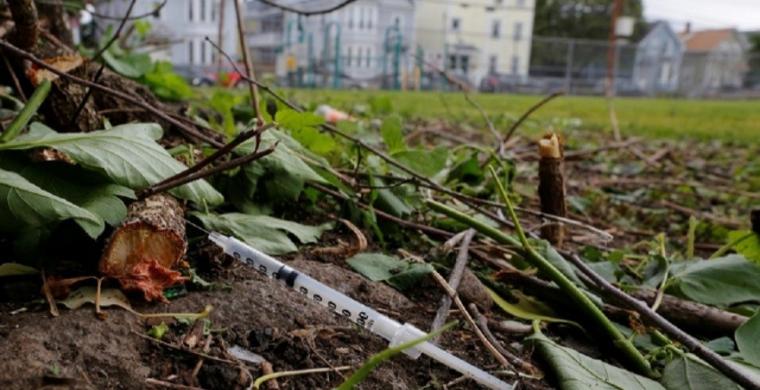Living shorter lives in the USA
For the second year in a row.
By Marcus Roberts
https://www.mercatornet.com/
Feb 9 2018
Last week I mentioned that the USA's life expectancy had fallen for two years running, partly due to the increasing number of opioid deaths in the country. This is an astonishing piece of news that deserves a closer look.
The life expectancy of a nation's people is the average number of years that a person is expected to live when they are born. Thus, for example, a Japanese person is expected to live on average nearly 84 years, while someone born in Sierra Leone can be expected to live only 50 years. It is considered an important indicator of the general well-being and health of a nation. If a nation's life expectancy is increasing then its people are getting healthier and living conditions are on the whole getting better. Conversely, if the life expectancy of a country is declining, then something is going wrong: war; pestilence; a failing in some aspect of the health of a nation.
For the last few decades the life expectancy of someone born in the USA has been steadily climbing. There have been occasional blips, it declined slightly in 1993 during the AIDS epidemic. But to see a drop in two consecutive years, one had to go back over 50 years to the early 1960s. That is, until 2015 and 2016.
In these years, the life expectancy dropped from 78.9 to 78.6 years for the average American. As Robert Anderson, chief of the mortality statistics branch at the National Center for Health Statistics said: "For any individual, that's not a whole lot. But when you're talking about it in terms of a population, you're talking about a significant number of potential lives that aren't being lived."
Although there are many reasons for this drop, including a plateau in the reduction of deaths from heart disease, a significant factor is the large increase in the number of deaths due to opioid overdoses. A recently released report found that drug overdose deaths had jumped from 52,400 in 2015 to 63,600 in 2016. The number of these that can be attributed to opioids jumped from 33,000 to 42,200 over the same period. The rate of drug overdose deaths involving synthetic opioids also rose significantly, from 3.1 per 100,000 in 2015 and 6.2 per 100,000 in 2016. Anderson noted that the latest one-year increase is by far the largest seen in opioid overdose deaths and that the upsurge suggests the epidemic "appears to be accelerating".
But the life expectancy decrease is about more than just drugs. As Anne Casae, an economist at Princeton University who has published and researched so-called "Deaths of Despair", notes, it's also about suicide and alcohol, especially among white people. She says "we think of it all being signs that something is really wrong and whatever it is that's really wrong is happening nationwide". She points to the decline of well-paying jobs with annual increases, job security and good benefits. This means that people feel less financially secure and this is contributing to fewer people getting married and having children within those marriage. "They have a much more fragile existence than they would have had a generation ago."
"I'm not prone to dramatic statements," says Anderson. "But I think we should be really alarmed. The drug overdose problem is a public health problem, and it needs to be addressed. We need to get a handle on it."
But can one get a handle on the reasons for that drug abuse and for the decline in the life expectancy of Americans?














